15 Top Foods to Boost Blood Flow and Improve Circulation
Good circulation is vital for your overall health. It ensures that oxygen and nutrients are efficiently delivered throughout your body, helping your organs function properly and keeping you feeling energized. When your blood flow is optimal, it supports everything from heart health to muscle function and even mental clarity.
Unfortunately, many people experience poor circulation due to factors like diet, inactivity, or underlying health conditions. Thankfully, certain foods are especially good at improving blood flow, thanks to their nutrients and natural compounds that support your circulatory system.
Incorporating these foods into your daily diet can significantly impact your overall well-being. Here are 15 top foods that can help boost blood flow and enhance circulation.
Beets
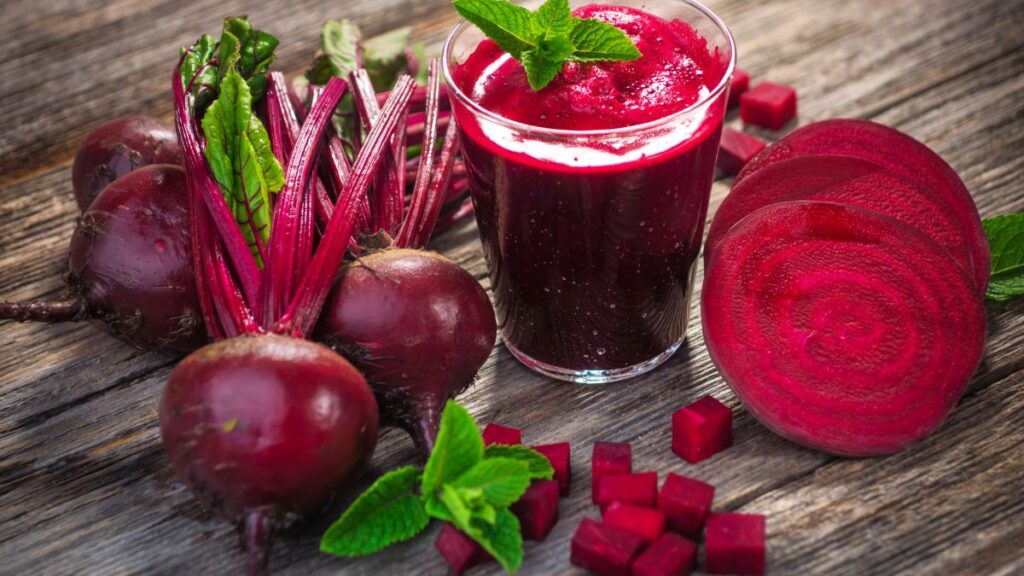
Beets are incredibly rich in nitrates, which your body converts into nitric oxide—a compound that plays a crucial role in vasodilation. This process relaxes and widens your blood vessels, allowing blood to flow more freely throughout your body. Consuming beets, whether in their whole form or as beet juice, can profoundly impact your circulation. Studies have shown that regularly eating beets can help lower blood pressure and improve oxygen delivery to your muscles, making them especially beneficial for athletes or anyone engaged in physical activity.
Beets’ vibrant red color is not only eye-catching but also a sign of their powerful antioxidant properties, which help protect blood vessels from damage. Incorporating beets into your diet is a simple yet effective way to enhance your circulatory health, and they can be easily added to salads, smoothies, or roasted as a side dish.
Garlic

Garlic has long been celebrated for its numerous health benefits, particularly for heart health and circulation. One of the key compounds in garlic is allicin, which is responsible for its potent smell and many of its health benefits. Allicin helps to relax blood vessels, making it easier for blood to flow through the body.
This improves circulation and helps lower blood pressure, reducing the strain on your heart. Regular consumption of garlic has been linked to a reduced risk of heart disease, partly due to its ability to improve blood flow. Garlic can be easily incorporated into your diet by adding it to a variety of dishes, from pasta sauces to stir-fries. For those who find the taste too strong, garlic supplements are also available, offering a convenient way to reap the circulatory benefits without the pungent flavor.
Cayenne Pepper
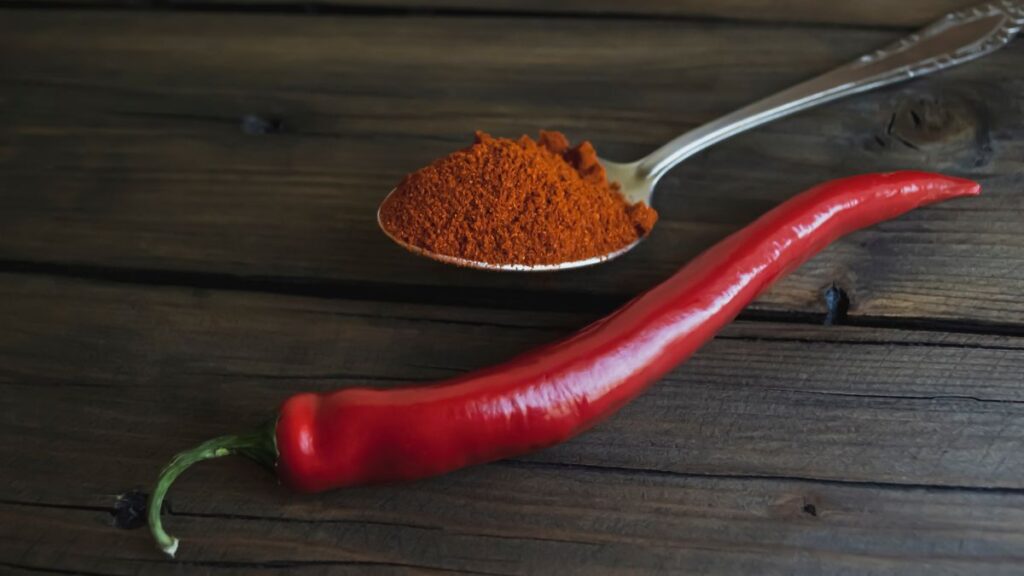
Cayenne pepper is more than just a spicy addition to your meals—it’s also a powerful ally in improving circulation. The active compound in cayenne pepper, capsaicin, is responsible for its heat and its circulatory benefits. Capsaicin works by promoting vasodilation, which is the widening of blood vessels. This process allows blood to flow more freely and reduces the risk of clots, which can impede circulation.
Capsaicin has been shown to help reduce the buildup of plaque in your arteries, further supporting healthy blood flow. While cayenne pepper can be added to a variety of dishes for a spicy kick, it’s important to start with small amounts if you’re not accustomed to its heat. Over time, you can gradually increase your intake to enjoy its full circulatory benefits. Incorporating cayenne pepper into your diet is a simple and flavorful way to give your circulation a natural boost.
Dark Chocolate

Dark chocolate is a delicious treat and a surprisingly effective food for improving circulation. Rich in flavonoids—specifically epicatechin—dark chocolate helps to stimulate nitric oxide production in your blood vessels. Nitric oxide is essential for vasodilation, which allows your blood vessels to relax and widen, facilitating better blood flow. In addition to improving circulation, the flavonoids in dark chocolate are powerful antioxidants that protect your blood vessels from damage caused by free radicals.
To get the most benefit, choose dark chocolate that contains at least 70% cocoa. This higher cocoa content means more flavonoids and less sugar. A small piece of dark chocolate each day can satisfy your sweet tooth while supporting your cardiovascular health. Just be mindful of portion sizes, as even dark chocolate can be high in calories.
Ginger
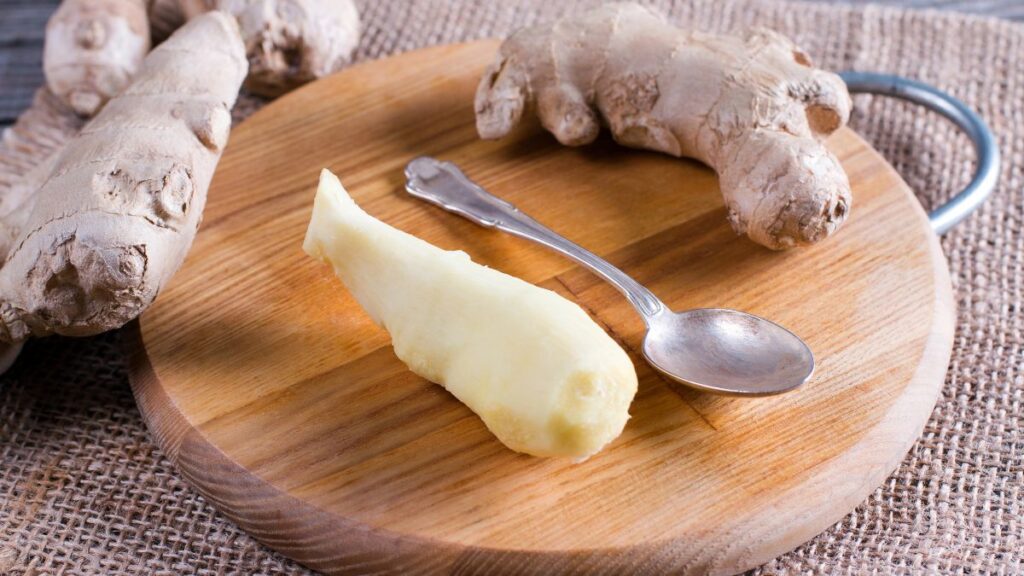
Ginger is another powerful food that can significantly improve blood circulation. Used for centuries in traditional medicine, ginger is known for its warming properties, which can help stimulate blood flow throughout your body. The active compounds in ginger, including gingerol and zingerone, work to relax the muscles around your blood vessels, allowing for easier blood flow.
This improves circulation and helps lower blood pressure and reduce inflammation in the blood vessels. Ginger’s versatility makes it easy to incorporate into your diet—whether you enjoy it as a tea, add it to smoothies, or use it as a spice in cooking. Drinking ginger tea regularly or adding fresh ginger to your meals can naturally enhance circulation and provide other health benefits, such as improved digestion and reduced nausea.
Citrus Fruits

Citrus fruits like oranges, lemons, and grapefruits are not only refreshing but also excellent for improving blood circulation. These fruits are high in vitamin C, which is crucial for the health and strength of your blood vessels. Vitamin C helps to prevent oxidative stress and inflammation in the blood vessels, which can impair circulation.
Citrus fruits are rich in flavonoids, particularly hesperidin, which has been shown to improve blood flow and reduce blood pressure. By strengthening your blood vessels and improving their elasticity, citrus fruits help your circulatory system function more efficiently. Incorporating citrus fruits into your diet is easy—enjoy them as a snack, add them to salads, or use their juice as a natural flavor enhancer in your meals. The combination of vitamin C and flavonoids makes citrus fruits a powerful ally in maintaining a healthy circulatory system.
Fatty Fish

Fatty fish such as salmon, mackerel, and trout are incredibly beneficial for heart health and circulation, thanks to their high content of omega-3 fatty acids. Omega-3s are essential fats that help reduce inflammation in your blood vessels, prevent the formation of blood clots, and improve overall blood flow. These healthy fats also help lower triglyceride levels, reducing the risk of plaque buildup in the arteries—a major cause of poor circulation.
Regularly consuming fatty fish can keep your arteries clear and your blood flowing smoothly, supporting both heart health and circulation. Aim to include fatty fish in your diet at least twice a week to reap these benefits. If you’re not a fan of fish, omega-3 supplements derived from fish oil or algae are also available as an alternative.
Turmeric
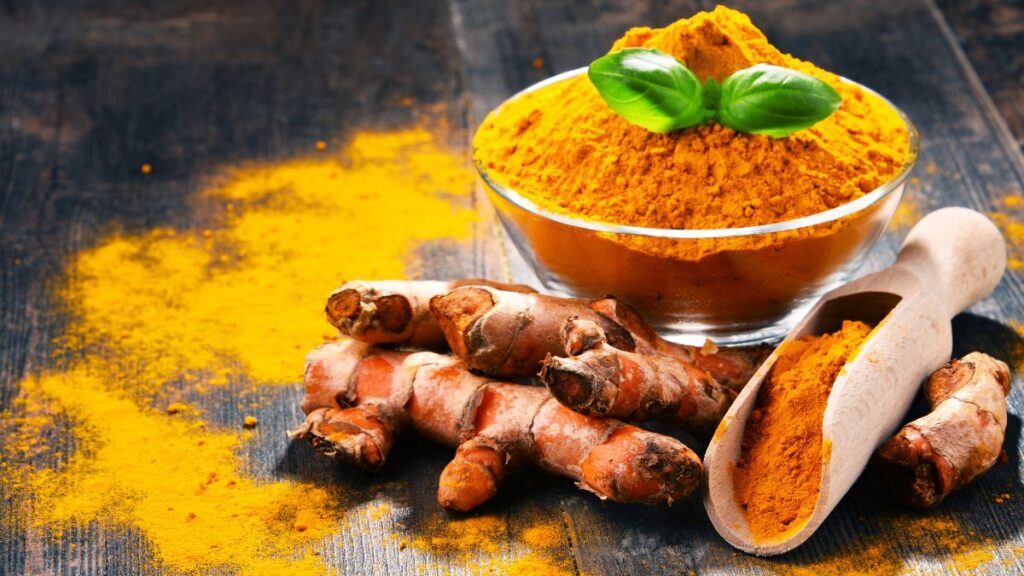
Turmeric is a spice that has been revered for centuries for its medicinal properties, particularly its ability to reduce inflammation and improve circulation. The active compound in turmeric, curcumin, is a powerful anti-inflammatory that helps to protect the blood vessels from damage and promotes better blood flow.
Curcumin increases nitric oxide production, which, as mentioned earlier, is crucial for vasodilation and improving circulation. Turmeric can be easily incorporated into your diet by adding it to soups, stews, or even smoothies. For those who may not enjoy the taste of turmeric, supplements are available that provide a concentrated dose of curcumin. Regularly consuming turmeric can help boost circulation and provide a host of other health benefits, including improved joint health and reduced risk of chronic diseases.
Pomegranates
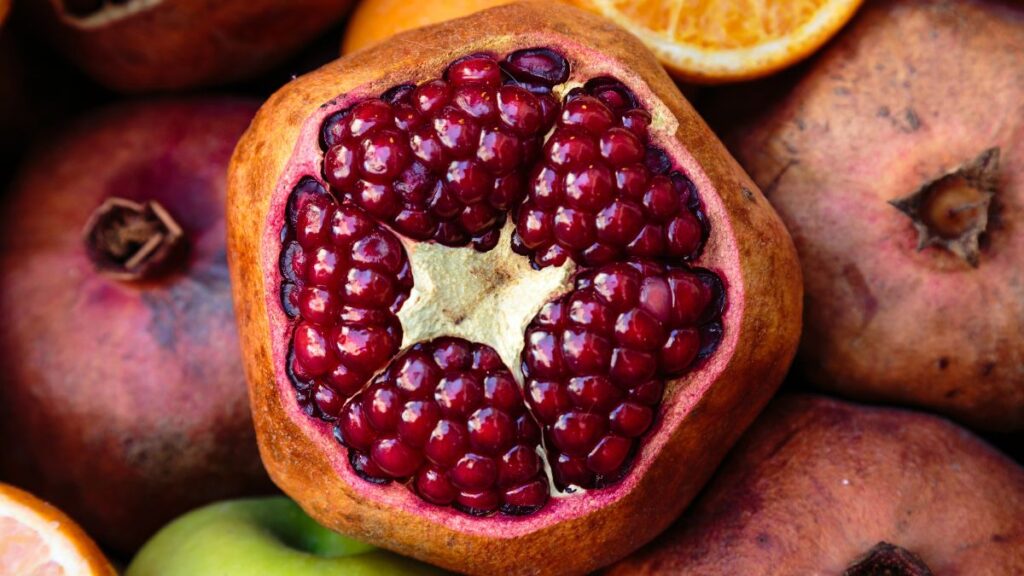
Pomegranates are a superfood when it comes to improving blood circulation, thanks to their high content of polyphenols and nitrates. These compounds work together to help widen blood vessels, increase blood flow, and reduce blood pressure. Pomegranates are particularly beneficial for cardiovascular health, as they help improve your circulatory system’s efficiency.
Drinking pomegranate juice has been shown to enhance blood flow and even improve performance in physical activities by increasing the delivery of oxygen to your muscles. In addition to their circulatory benefits, pomegranates are rich in antioxidants, which help protect your cells from damage. Whether you enjoy pomegranate seeds on their own, add them to salads, or drink pomegranate juice, this fruit is a delicious and effective way to support better circulation.
Walnuts
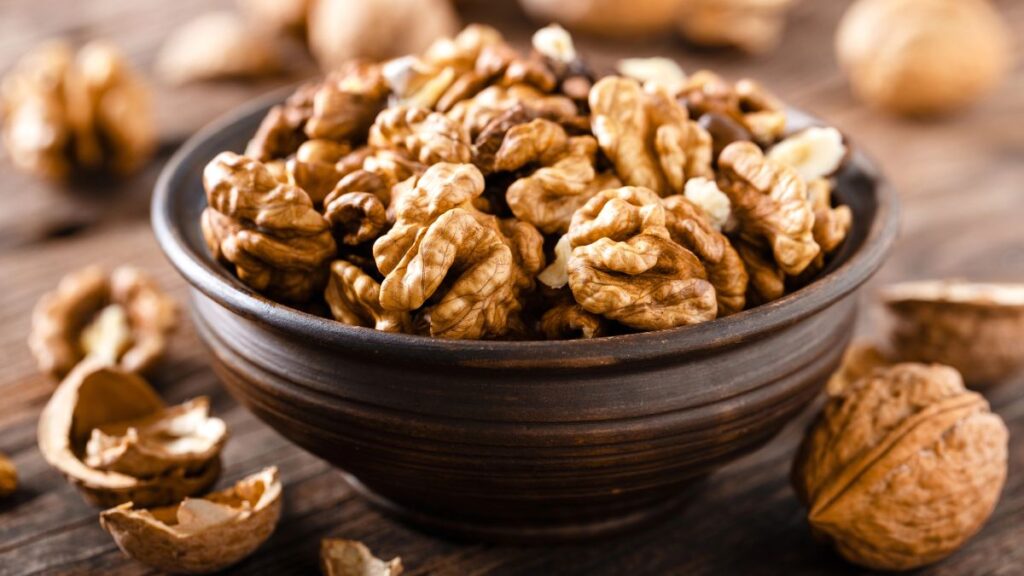
Walnuts are a nutritional powerhouse that can do wonders for your circulation. Rich in alpha-linolenic acid (ALA), an omega-3 fatty acid, walnuts support heart health by reducing inflammation and improving blood flow. They also contain l-arginine, an amino acid that helps your body produce nitric oxide—a compound essential for vasodilation and maintaining healthy blood vessels.
Walnuts are high in antioxidants, which help protect your blood vessels from oxidative damage. Snacking on a handful of walnuts each day or adding them to your meals can support better circulation and overall cardiovascular health. Walnuts are also a versatile ingredient that can be used in both sweet and savory dishes, making them an easy addition to your diet.
Spinach
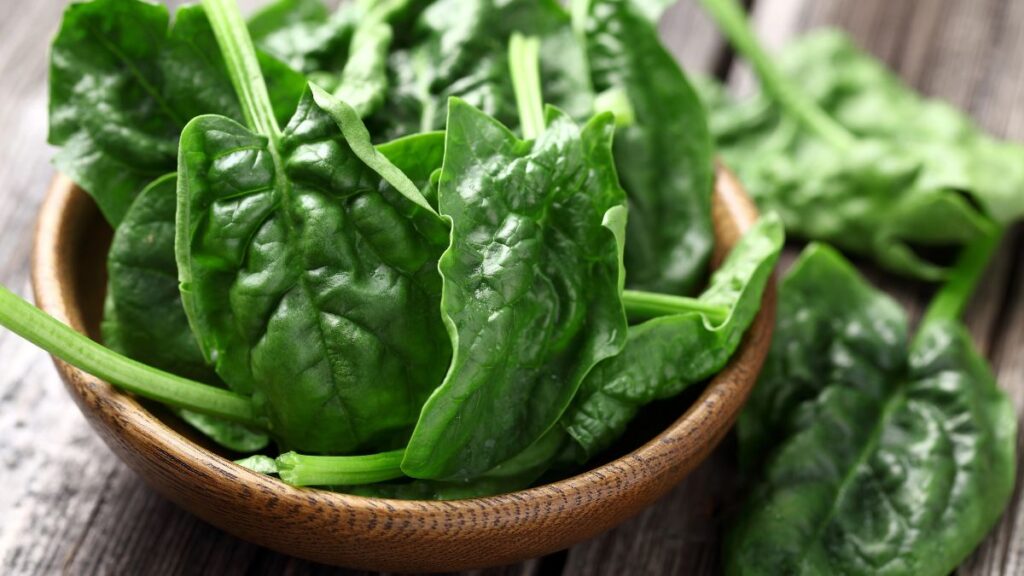
Spinach is a leafy green vegetable that offers a multitude of health benefits, including improved blood circulation. High in nitrates, spinach helps your body produce nitric oxide, which relaxes and widens blood vessels, enhancing blood flow. Spinach is also rich in iron, which is crucial for the production of hemoglobin—a protein in red blood cells that carries oxygen throughout your body.
Spinach plays a vital role in maintaining a healthy circulatory system by supporting the health of your blood vessels and improving oxygen delivery. Spinach is packed with other essential nutrients like vitamins A, C, and K and folate, which further support cardiovascular health. Adding spinach to your salads, smoothies, or cooked dishes is a simple and delicious way to boost your circulation and overall health.
Berries
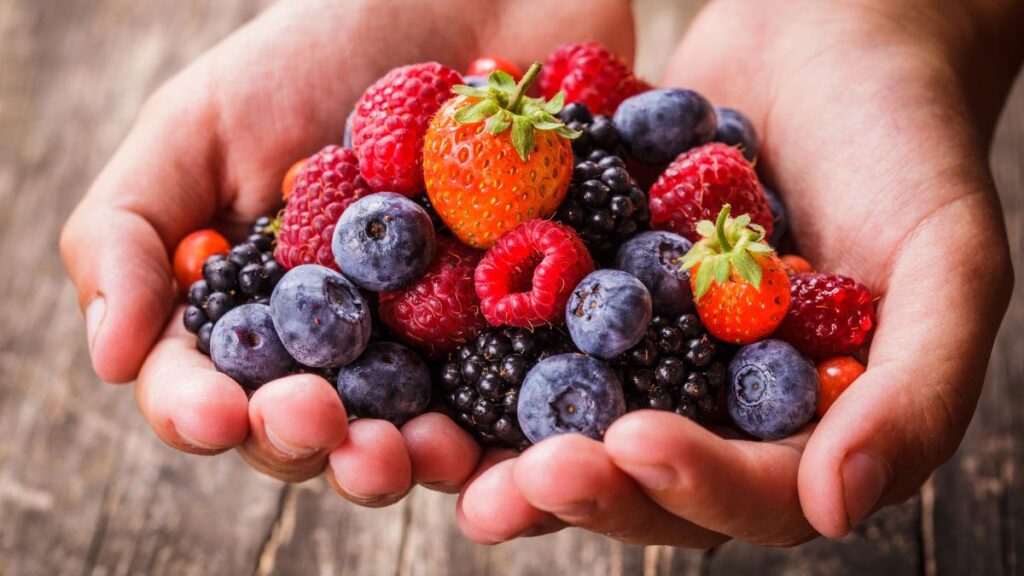
Berries such as strawberries, blueberries, and raspberries are delicious and incredibly beneficial for your circulatory health. These fruits are packed with antioxidants, including flavonoids, which help improve blood flow by reducing inflammation and preventing blood clots.
The high antioxidant content in berries also helps protect your blood vessels from oxidative stress, which can damage them over time and impair circulation. Berries are also a good source of fiber, which supports heart health by helping to regulate cholesterol levels and reduce the risk of plaque buildup in the arteries. Whether enjoyed on their own, added to smoothies, or sprinkled over yogurt, berries are a versatile and tasty way to support better circulation and overall cardiovascular health.
Tomatoes

Tomatoes are a staple in many diets and for a good reason—they offer numerous health benefits, including improved blood circulation. Tomatoes are rich in lycopene, a powerful antioxidant that helps protect your blood vessels from damage and reduce inflammation. Lycopene also helps improve blood flow by preventing the buildup of plaque in your arteries, which can restrict circulation.
In addition to lycopene, tomatoes are a good source of potassium, which helps regulate blood pressure and further supports healthy circulation. Including tomatoes in your diet, whether fresh, cooked, or in the form of sauces, can contribute to a healthier circulatory system. For the most benefit, consider cooking tomatoes, as this increases the availability of lycopene.
Green Tea

Green tea is renowned for its numerous health benefits, including its ability to improve blood circulation. Rich in catechins—antioxidants that help relax blood vessels—green tea supports better blood flow and reduces cholesterol levels, which can otherwise lead to clogged arteries and impaired circulation.
Drinking green tea regularly has been shown to improve overall cardiovascular health by reducing blood pressure and enhancing the elasticity of blood vessels. Green tea provides a gentle boost in energy without the jitters often associated with coffee, making it a great choice for those looking to improve their circulation naturally. Enjoying a few cups of green tea each day can support your circulatory health while also offering other benefits, such as improved mental focus and weight management.
Watermelon
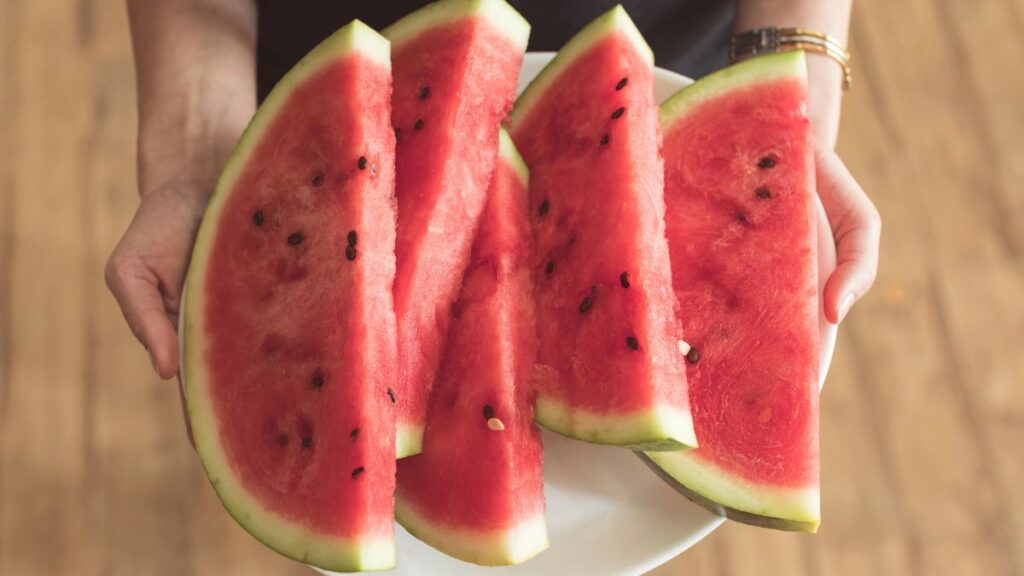
Watermelon is not only a hydrating and refreshing fruit but also a powerful ally in improving blood circulation. This fruit contains an amino acid called L-citrulline, which helps your body produce nitric oxide—a compound that relaxes and dilates blood vessels, facilitating better blood flow. In addition to its circulatory benefits, watermelon is rich in vitamins A and C, which support the health of your blood vessels and overall cardiovascular system.
Watermelon is also low in calories and high in water content, making it an excellent choice for those looking to stay hydrated while supporting their circulation. During the summer months, enjoy watermelon on its own, in salads, or as a refreshing juice to keep your blood flowing smoothly.
Eating Right With Type 2 Diabetes: Stay Away From These 15 Foods

Managing type 2 diabetes involves making careful food choices to keep your blood sugar levels stable. Some foods can cause your blood sugar to spike, making it harder to manage your diabetes.
Eating Right With Type 2 Diabetes: Stay Away From These 15 Foods
15 Foods That Are Becoming Too Expensive To Buy Due To Skyrocketing Prices

Food costs have been steadily rising in recent years, impacting households worldwide. Various factors, such as climate change, supply chain disruptions, and increased demand, have contributed to the soaring prices of many staple foods.
15 Foods That Are Becoming Too Expensive To Buy Due To Skyrocketing Prices







